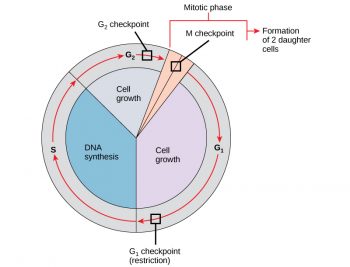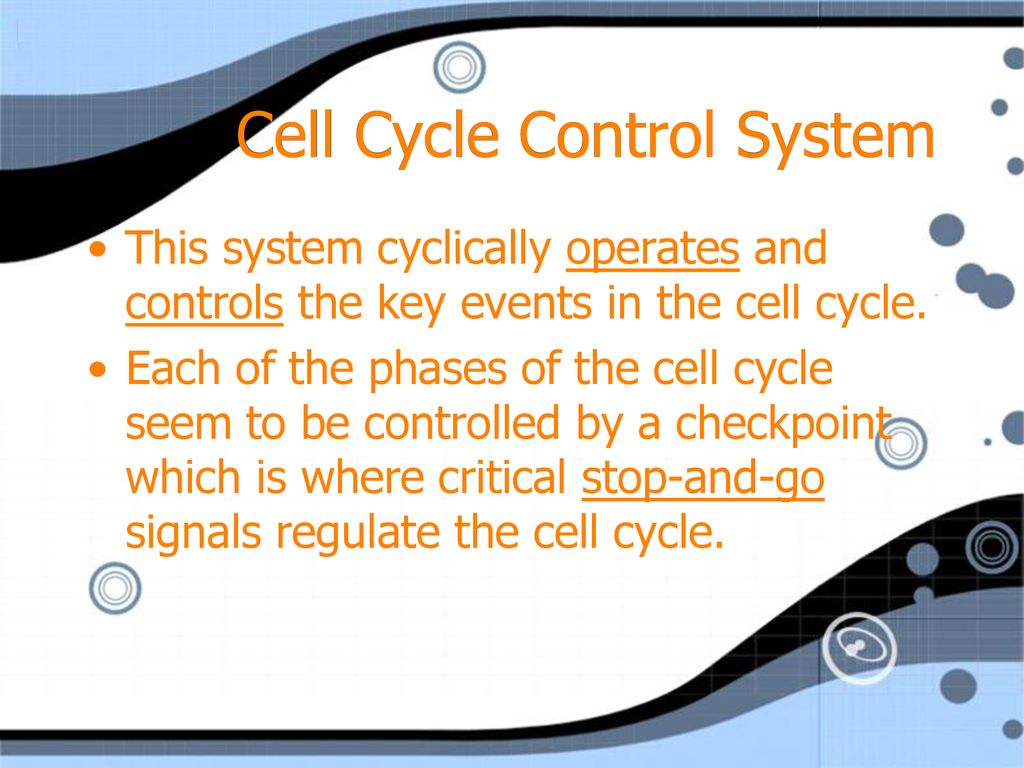Control of the Cell Cycle Principles of Biology Biology Diagrams The cell cycle is a series of events that cells go through to grow, replicate their DNA, and divide. This process is vital for the growth, development, repair, and maintenance of living organisms. The Cell Cycle: Principles of Control. London: Published by New Science Press in association with Oxford University Press. ISBN 978--87893-508-6. Cyclin-dependent kinases (CDKs) lie at the heart of eukaryotic cell cycle control, with different cyclin-CDK complexes initiating DNA replication (S-CDKs) and mitosis (M-CDKs)1,2. However, the Cell cycle control is focused mainly on two events, the replication of genomic DNA and its subsequent segregation between daughter cells, which in eukaryotic cells occur during distinct cell cycle

To achieve cell-cycle-dependent regulation of its activity, the SCF usually targets proteins only when they are phosphorylated at one or multiple sites (343, 371). The SCF is important for cell cycle control because of its role in the degradation of cyclin E. Cyclin E levels peak at the G1/S boundary and then decline as DNA is replicated (125

Cell Cycle Control System: Key Phases and Proteins Biology Diagrams
Cell cycle checkpoints secure ordered progression from one cell cycle phase to the next. They are important to signal cell stress and DNA lesions and to stop cell cycle progression when severe problems occur. Recent work suggests, however, that the cell cycle control machinery responds in more subtle and sophisticated ways when cells are faced with naturally occurring challenges, such as When the cell cycle control system malfunctions, the consequences can be severe, leading to uncontrolled proliferation and genomic instability. Regulatory disruptions may result from mutations in checkpoint proteins, overexpression of cyclins, or loss of tumor suppressor function, allowing unchecked division and tumor formation.

The length of the cell cycle is highly variable, even within the cells of a single organism. In humans, the frequency of cell turnover ranges from a few hours in early embryonic development, to an average of two to five days for epithelial cells, and to an entire human lifetime spent in G 0 by specialized cells, such as cortical neurons or cardiac muscle cells. CONTROL OF THE CELL CYCLE Cyclin‐dependent kinase (CDK) regulation. The transition from one cell cycle phase to another occurs in an orderly fashion and is regulated by different cellular proteins. Key regulatory proteins are the cyclin‐dependent kinases (CDK), a family of serine/threonine protein kinases that are activated at specific
